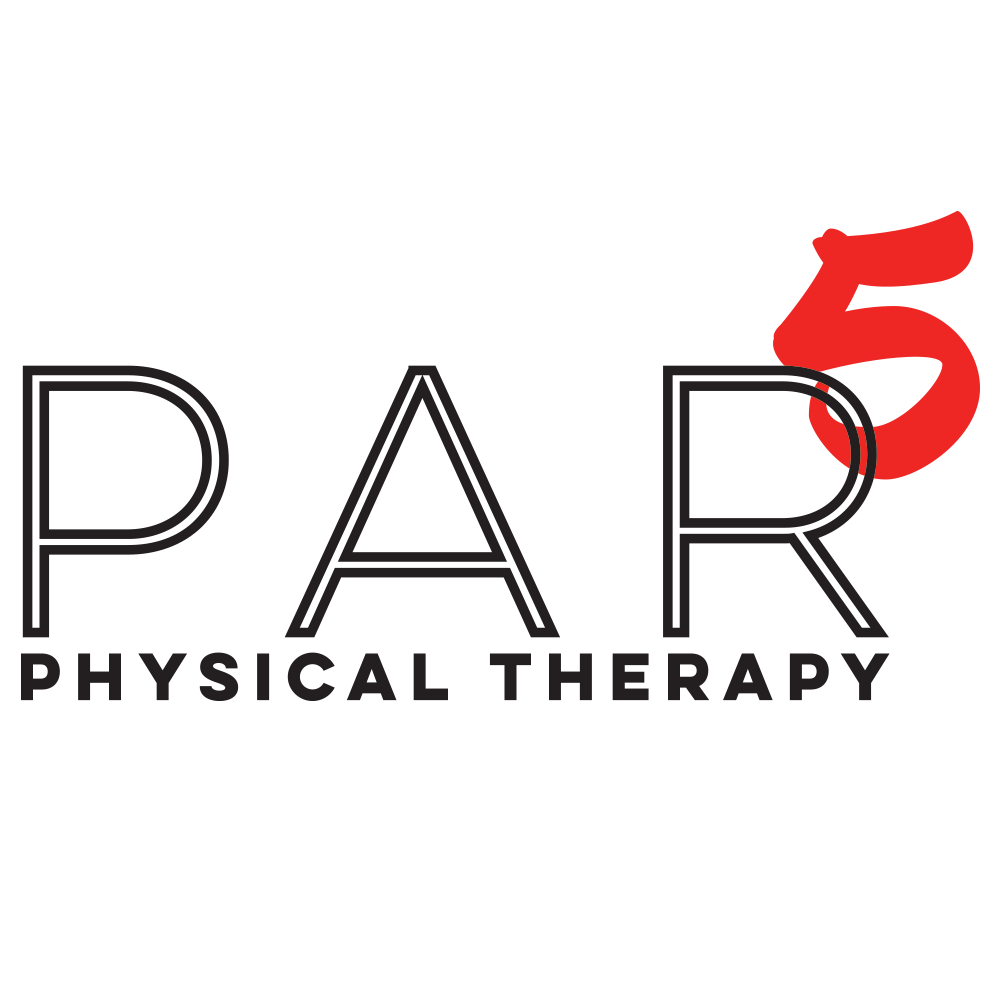How to build a bullet-proof core
What is the core and why is it important?
The core is comprised of trunk stabilizing muscles. They are the abdominal muscles (rectus abdominus, obliques, and transversus abdominus), and the deep spinal erector muscles (erector spinae). These muscles create stability and rigidity through your trunk. Without them, your arms and legs would not be able to work to move or carry any weight. Think of a large cannon, you can’t put it in a rowboat. These muscles also move, twist, and bend your trunk. So they can create motion as well.
The most important muscle, in my opinion, is the transversus abdominus (TA). This is a muscle in the trunk that wraps around the belly like a girdle or back brace. If you've ever had back pain, you've probably seen or even worn a back brace. The TA is your own body's natural back brace. Research has shown that people who have a history of chronic low back pain have poor control of this muscle. So they tend to try and stabilize their trunk and spine using a different set of muscles. They develop poor motor control, coordination, and stability in abdominals and lower back. Without restoring normal TA muscle control and function, their low back pain may never be cured.
How do you get a bullet-proof core?
So you’ve probably seen advertisements for the “six-pack”. These types of ads showcase the first layer or most superficial of the abdominal group, the rectus abdominus. This muscle bends your trunk. The next layer underneath that is the obliques (external and internal obliques). This group of muscles can bend or rotate your trunk. When combined with a good diet, these three groups are the most coveted for models and bodybuilders.
But deeper to these groups is the TA. It creates rigidity and stability in the trunk when activated. Exercises that target the rectus or the obliques are oftentimes ineffective at targeting the TA.
Planks and similar exercises can help develop the TA, but for most people, the technique may be an issue. From what I've seen, planks are held for a specific time with little regard for how it's done. When performing a plank, there's a high probability that the rectus and hip flexors are overactive and compensate for a weak TA.
Before you try a plank, you have to make sure you have proper control of the TA. Lie on your back with your knees bent. Place your fingers on your belly just inside of your hip bone (it's easy to find, it's the pointy piece on the front of your pelvis). Now, pull your belly button into your spine. When you do that, do you feel tension where your fingers are? Can you still breathe? Does the tension change when you breathe? If so, then you may be compensating for poor TA control by using your diaphragm to create trunk stiffness and stability. The TA should be able to function and create tension without loss of tension when you breathe. The diaphragm is a different muscle and should be able to function independently of the core.
If you can't do this part correctly, then planks may be too advanced for you.
The TA is the king of the core.
So let's say you have good control of your TA and you can breathe while doing it. What’s the next step? Let's progress in different positions. Developmentally, we all start on our back, then learn to roll onto our stomach, then into a crawling (quadruped) position, then kneeling, then standing. This sequence of positions is a good foundation for developing a bulletproof core as well. So I usually progress through this series of exercises:
Kneeling Roll-outs with a physioball
The main theme is progressing from lower positions to higher positions that require more core stability. This way, we can be certain that you develop a stronger brain to muscle neurological connection to reduce compensatory muscle substitution. Along the way, you can also progress from static exercises to dynamic (moving) ones. You can even get fancy and do a plank on the physioball. Or even do an exercise called "stir the pot".
Whichever method you choose, technique is paramount. Don’t overtax your core and end up compensating with your hip flexors or rectus muscles. You can’t do the sexy exercises until you master the boring ones, so don’t try everything you see on Instagram. Have someone assess your technique to make sure you’re performing each exercise correctly. Start slow. Follow the progression and you’ll have your bulletproof core in no time.
If you have questions, or need help with the above exercises, feel free to contact me at PAR5 Physical Therapy.

